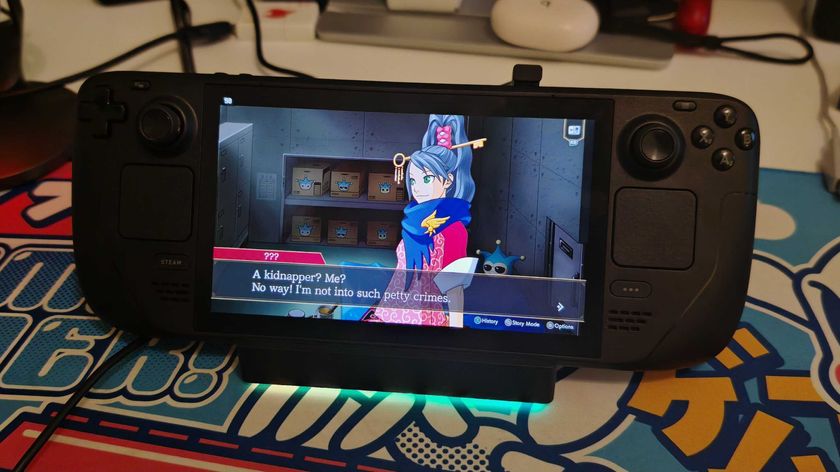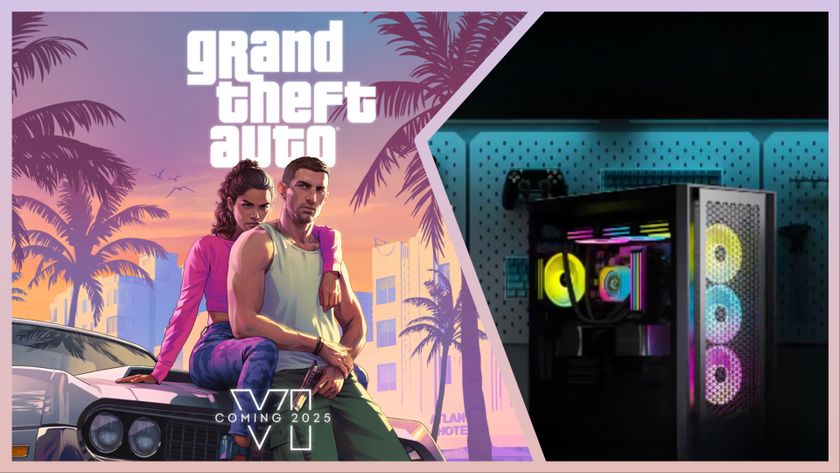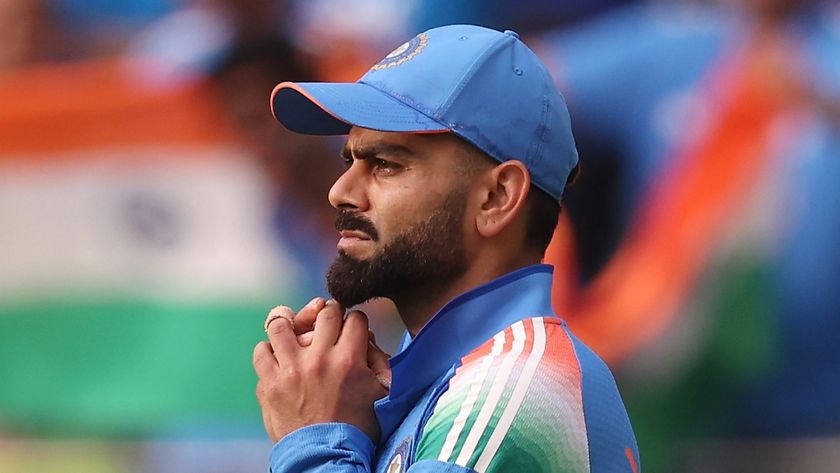Death Stranding on PC almost hits 60fps at 8K – all it takes is a $2,500 Nvidia GPU
Comes at a cost
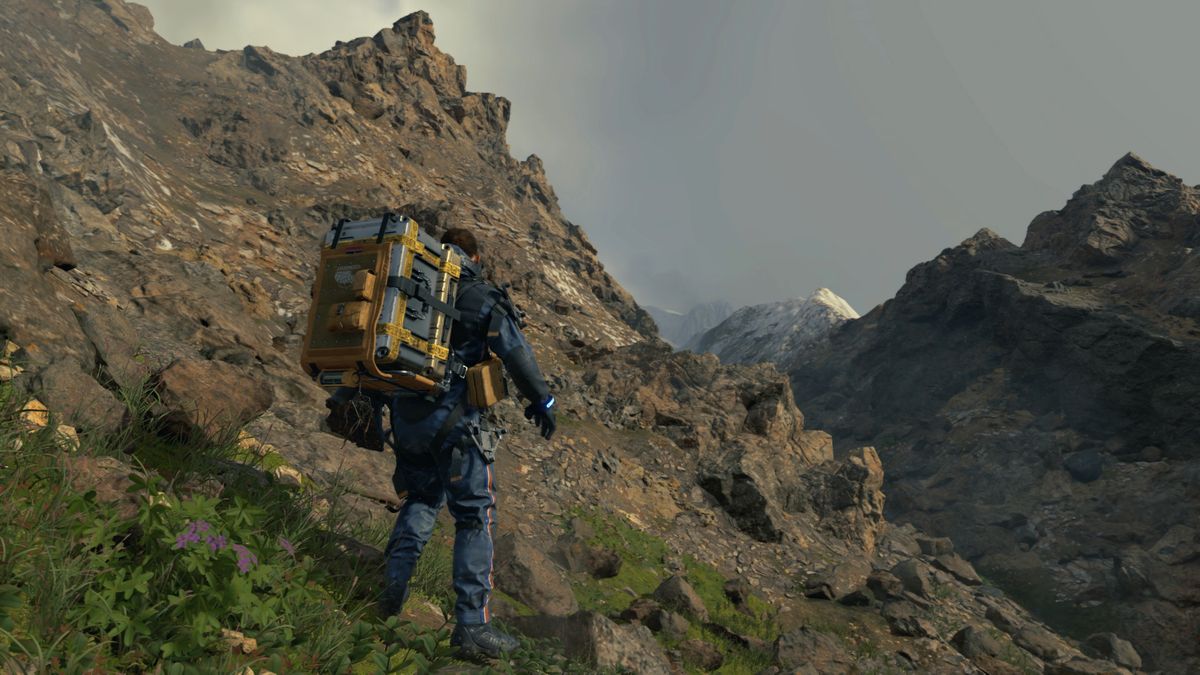
PC built by Chillblast
Motherboard: Asus ROG STRIX Z390-E GAMING
CPU Cooler: Noctua NH-U14S
Case fans: Noctua NF-A14 PWM Chromax 140mm
Processor: Intel Core i9-9900K, 8 Cores / 16 Threads
GPU: Nvidia GeForce Titan RTX
Storage: 500GB Samsung 970 EVO Plus M.2 PCIe
Secondary Storage: 2TB Samsung 860 QVO
Power: Corsair RM850x 80 PLUS Gold 850W PSU
Case: Fractal Design Vector RS Tempered Glass
RAM: G.Skill Trident Z RGB 32GB DDR4 3200MHz
Monitor: Dell UltraSharp UP3218K
Death Stranding was easily one of the best-looking PS4 games when it came out in November 2019, so we had high hopes for the PC version, which has just been released.
However, we weren't quite prepared for just how good the game looks on PC, and how well optimized the port is. After testing it out on a number of GPUs, we found that it could easily be run on almost any modern graphics card, with the relatively modest RTX 2060 even managing 4K resolutions without much issue.
So, that got us thinking: how about 8K? We're lucky enough to have an incredibly powerful gaming rig that contains the most powerful consumer graphics card in the world: the Nvidia RTX Titan, which sells for around $2,499 (around £2,000, AU$3,600). Paired up with the Dell UltraSharp UP3218K monitor, we wanted to know if this brilliant game could be played at a monstrous 7,680 x 4,320 resolution.
We've tried a number of games at 8K, including Gears 5 and Doom Eternal, and while a few have been playable at that resolution, the only ones that offered us both ultra high resolutions and high frame rates were Halo: Combat Evolved and Halo: Reach – two remasters of games that came out over a decade ago.
So, we were very pleasantly surprised to find such a new, and graphically ambitious, game come tantalizingly close to the 8K at 60fps dream, thanks to some (very) powerful hardware, and some clever tech as well.
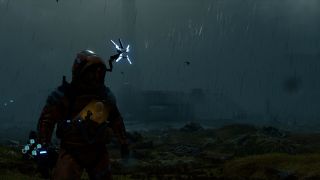
Death Stranding 8K performance
When we fired up Death Stranding on our 8K rig, we didn't mess around. We popped into the settings and whacked everything right up to the maximum settings.
Perhaps unsurprisingly, that's pretty demanding, and while the game looked stunning at 8K with all the graphical bells and whistles applied, it unfortunately didn't play as well as it looked. We managed an average of 23.3fps during our playthrough of an early, but particularly taxing, part of the game.
Get daily insight, inspiration and deals in your inbox
Sign up for breaking news, reviews, opinion, top tech deals, and more.
While we did see the frames per second climb to above 30fps at some points (the generally accepted absolute minimum fps for a playable experience), we saw the frame rate drop as low as 16.2 in some parts.
This results in a game that looks great, but feels laggy and slow, with graphics which sometimes descend into slideshow territory.
Not a great start, but there were some promising signs. Mainly, we set everything to maximum, so there's some wiggle room where we can tweak some settings for better performance.
And, crucially, there was one setting we hadn't turned on – Nvidia's DLSS. This technology, which is exclusive to Nvidia's RTX series of GPUs (non-RTX Nvidia cards and AMD GPUs can make use of CAS, or Contrast Adaptive Sharpening, instead).
Essentially, DLSS uses the Tensor Cores of an RTX card to boost the performance of high resolutions thanks to AI and machine learning, which upscales the image. The idea being you'll get high resolution images with reduced strain on your hardware.
Death Stranding comes with two DLSS options: 'Quality' and 'Performance' and turning either on sees an instant jump in performance with very little visual impact.
First we tried it with the 'Quality' setting (and everything else turned to maximum, as usual), and performance leapt to 29.9fps, with a minimum of 25.7fps and a maximum of 32fps.
All of a sudden, Death Stranding at 8K became a far more enjoyable experience, still looking fantastic while reducing the lag and poor performance that comes with a sub 30fps frame rate. And all it took was changing a single setting.
Even better, switching DLSS to the 'Performance' setting saw the game hitting on average 39.8fps at 8K, with a maximum of 49fps.
While perfectionists will no doubt be able to see a difference in the visual quality with DLSS turned on to the different settings, for most people, it really does manage an impressive feat of boosting the performance without a noticeable degradation of image quality.
We also tried Death Stranding at 8K with all the settings set to max, while using the Fidelity FX CAS setting, which as we mentioned will have to be used by people without an RTX GPU. This intelligently sharpens the upscaled image, so that the game renders at a lower resolution, then is upscaled to match the higher resolution of your monitor. The sharpening helps avoid the upscaled image appearing muddy,
In our test we found this also improved performance, hitting an average of 31.4fps, but it's not as marked as DLSS in 'Performance' mode.

So, while we managed to get Death Stranding running at 8K at a perfectly playable 30fps or more, what about at 60fps?
Playing games at 60fps or above can be a revelatory experience, as the jump in framerates makes games feel smoother and more responsive, with animations looking more lifelike. It's also much more of a strain on the GPU, which means settings need to be lowered.
First, we put the in-game models down to the 'default' setting (rather than 'high') and lowered shadows to 'Medium'. With DLSS still in 'Performance' mode, we managed 40.1fps on average. Better, but still a way off.
Next, we put the entire graphical settings to 'Low', with DLSS still on. This lowered, or turned off completely, some of the more demanding (and impressive) graphical effects, and with that we hit an impressive 50.9fps on average, but with peaks of 57.2.
That's incredibly close to 8K at 60fps, but with all settings at their lowest, there's nothing else to tweak. It's also worth point out that by using the lowest graphical settings, Death Stranding loses a lot of its 'wow' factor. That's going to disappoint many people, especially when playing on a $2,500 GPU.

That means the only way to get impressive graphics and 60fps or higher is to lower the resolution.
It's no surprise that even at 'just' 4K, Death Stranding looks amazing, and the fact that such an ambitious game gets even remotely close to 60fps at 8K is a testament to the game developers, who have managed to create a brilliantly performing PC port no matter what your GPU is.
- These are the best GPUs of 2020

Matt is TechRadar's Managing Editor for Core Tech, looking after computing and mobile technology. Having written for a number of publications such as PC Plus, PC Format, T3 and Linux Format, there's no aspect of technology that Matt isn't passionate about, especially computing and PC gaming. He’s personally reviewed and used most of the laptops in our best laptops guide - and since joining TechRadar in 2014, he's reviewed over 250 laptops and computing accessories personally.
Most Popular


